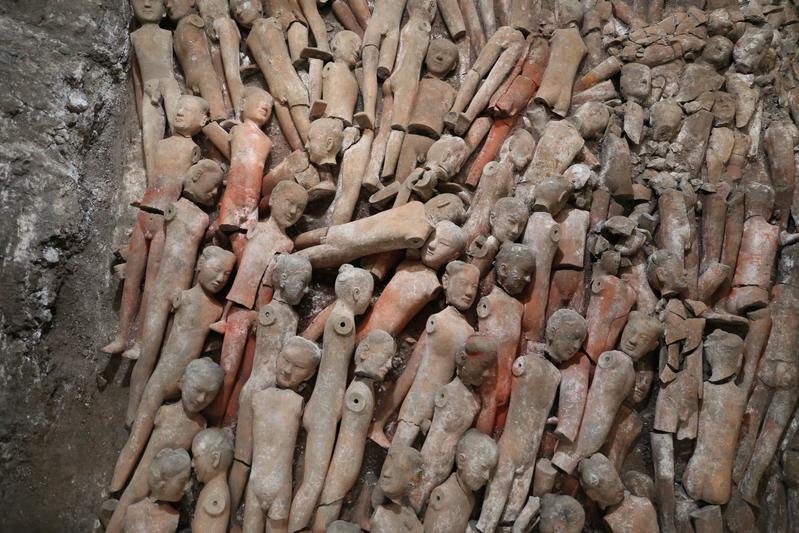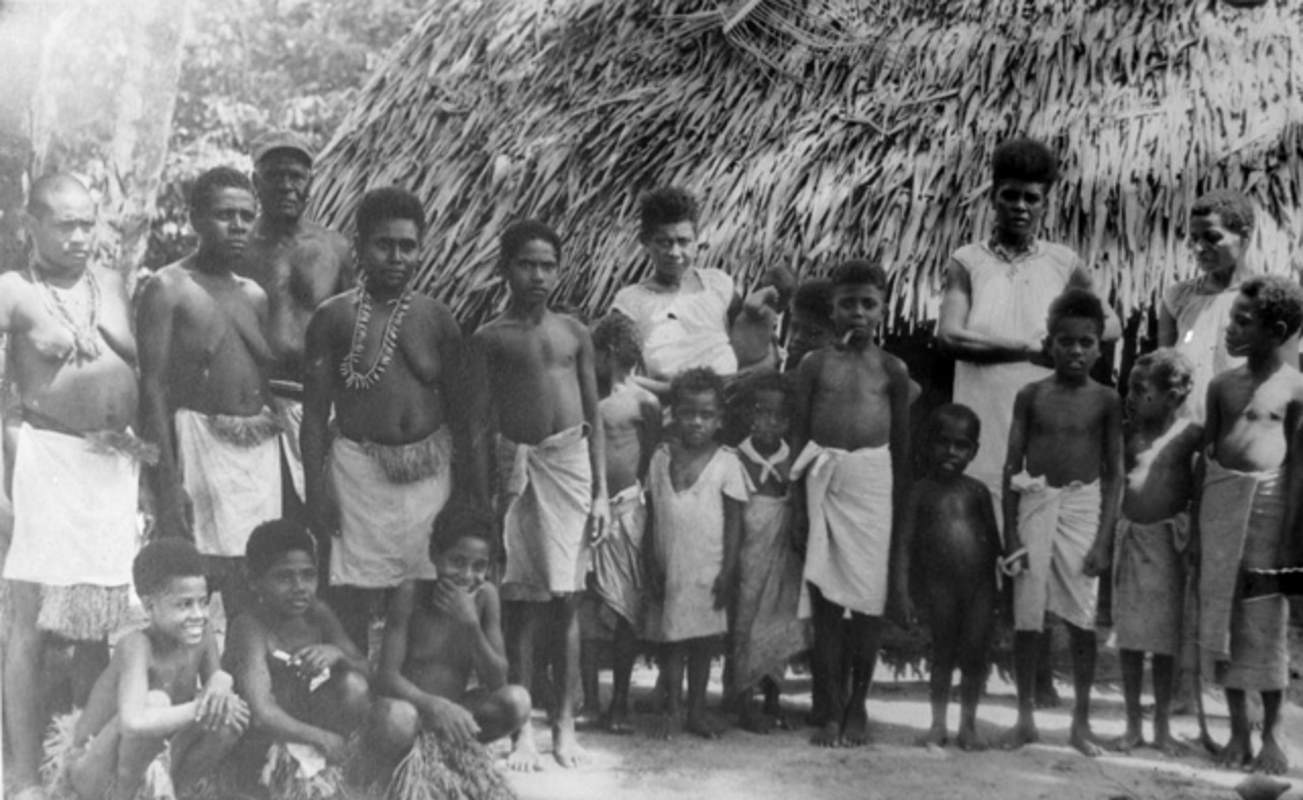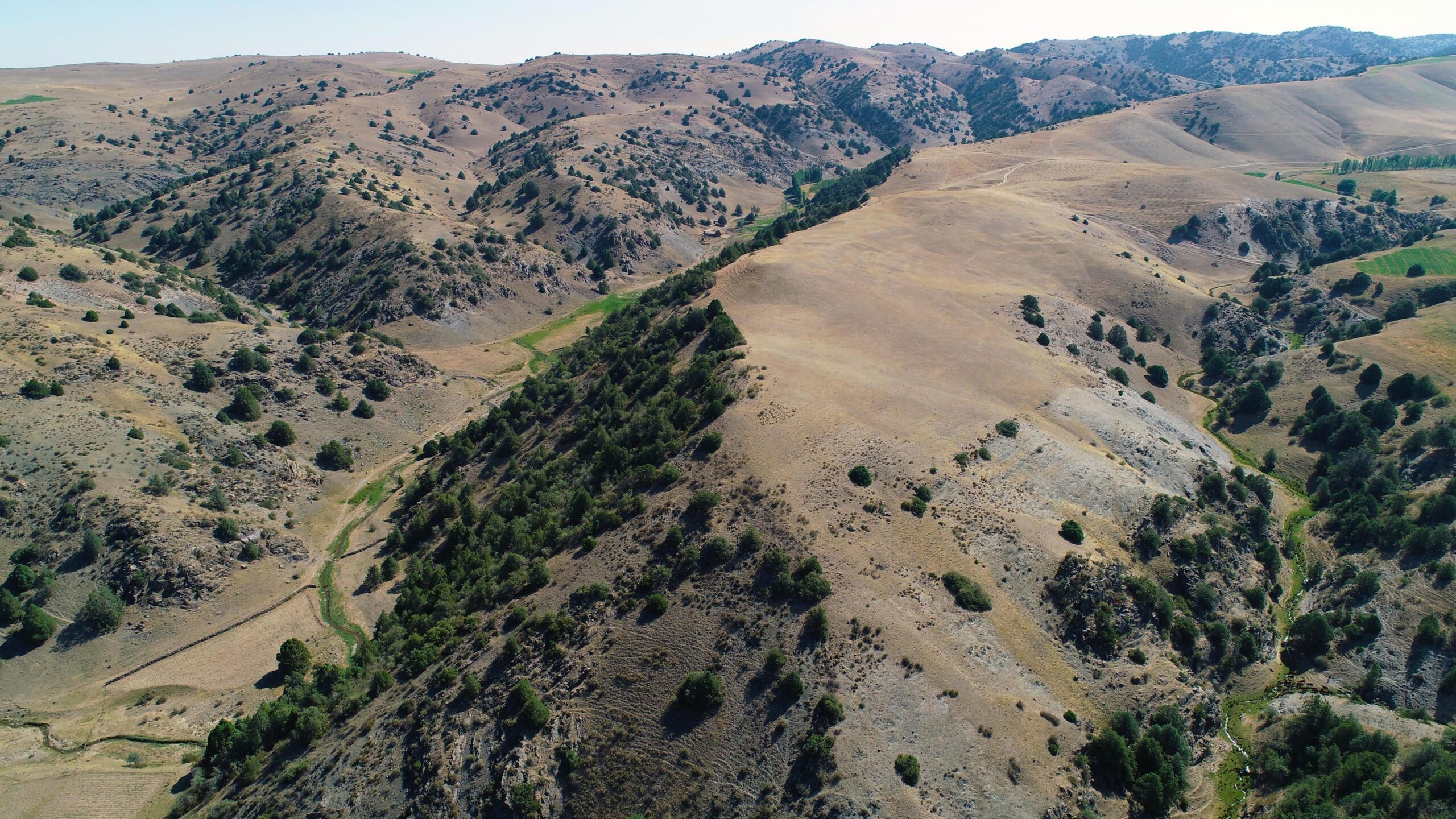PICTURED: Pottery figurines lie on the floor of the mausoleum of Emperor Wen of Han in Xi’an, Shaanxi province. PC: Shaanxi Academy of Archeology. Fair Use.
Last week the Chinese State Administration of Cultural Heritage announced that after more than a decade of excavations, archeologists working on a tomb near the modern city of Xi’an have confirmed that it belongs to the celebrated Han Dynasty Emperor Liu Heng, who took the name “Wen” after ascending to the throne.
The confirmation is one of the year’s biggest archeological discoveries for several reasons. The first is that Emperor Wen was one of the most fondly recorded emperors in Imperial Chinese history, his mausoleum in Xi’an marked a turning point in imperial tomb-building styles, and perhaps most importantly, the resting places of all 11 emperors of the Han Dynasty have now been found.
Liu Heng (203 to 157 BCE) was the son of Han Dynasty’s founder, and its third emperor. Chinese historians note he was famed for thriftiness, and that he and his son Jing presided over the Wen Jing Period, one of the most prosperous in Chinese history, in which commerce surged, taxes were lowered, capital punishment was banned, and laws were relaxed.
The site was found back in 1960, and preliminary investigations continued up until the 21st century. The structure and grounds known in history as Baling, but which is now called the Jiangcun Grand Tomb, was properly discovered in 2006, even still, major excavations only began after a 2016 looting spree.
1,500 artifacts have been uncovered including over a 1,000 small ceramic soldiers meant to guard the tomb, like mini versions of the Terracotta Army of the first unifying emperor Qin Shi Huang. There were also artifacts of iron and bronze, including chariots or perhaps carts.
PICTURED: The seals of buried government ministers and their offices. PC: Shaanxi Academy of Archeology. Fair Use.
PICTURED: This 1,000 year old silk painting, located in National Palace Museum of Taipei, depicts a historical event from the reign of Emperor Wen of Han (漢文帝; 179-157 BCE).
A government inside a tomb
The mausoleum is 236-feet long, (72 meters) and contains a larger burial chamber (presumed to be the emperor’s) flanked by that of his wife and mother, and then surrounded by 8 smaller tombs in which were found the bronze seals of 8 government officials. Beyond these external pits was a larger cemetery of 110 burial pits.
“It showed these pits may mimic an entire system of government,” said Ma Yongying, a researcher with the Shaanxi Academy of Archaeology. “The emperor wanted to rule his country even in the underworld”.
“Its format and large scale fit the highest-level tomb of the Western Han Dynasty,” he added. “The idea is also supported by our investigations of the outer burial pits around the tomb”.
Emperor Wen was famed for making his government reflect the people and work for their prosperity, and Chinese archeologists feel this is found not only in his legacy, but in the entire structure and layout of the mausoleum. For starters, China Daily HK reports that the tomb was difficult to find, and that excavations originally began more than a mile to the north as scientists were expecting a grander structure.
However, typical of reports of Wen’s preference for a simple life (he was said to wear simple clothing, and he even passed a law that restricted the extravagant enforced mourning period following an emperor’s death to a modest 3 days) the structure housing his tomb was smaller than archeologists imagined.
Previous tombs, stated archeologist Liu Qingzhu, were devoted solely to the emperor and his individual divinity and that of his family, but that changed with Emperor Wen’s.
“Liu Heng’s (Wen’s) tomb reflected that the country, represented by the emperor’s power, was the priority,” he said.
The tombs of all 11 of the Han Dynasty emperors have now been found in and around their once great capital of Chang’an, modern Xi’an. The Han are considered one of the greatest Chinese Dynasties, and the modern people of China refer to themselves as “Han Chinese” and their language as “Han characters”.





